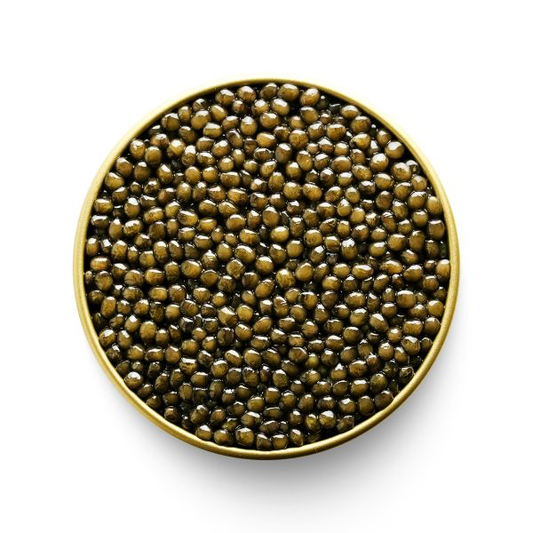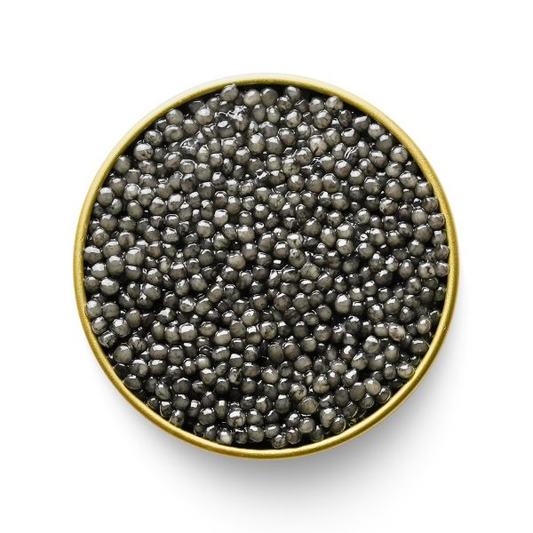Collection: All Products
-
 Sold out
Sold outKaluga Fusion Black
Regular price From $51.03 USDRegular priceUnit price / per -
 Sold out
Sold outReserve Almas Gold Osetra
Regular price From $99.23 USDRegular priceUnit price / per -
 Sold out
Sold outSpecial Reserve Ossetra
Regular price From $70.88 USDRegular priceUnit price / per -
 Sold out
Sold outSiberian Sturgeon (Baeri)
Regular price From $45.36 USDRegular priceUnit price / per -
 Sold out
Sold outAlaskan Salmon Roe (KETA)
Regular price From $17.01 USDRegular priceUnit price / per -
 Sold out
Sold outTrout Rainbow.
Regular price From $17.01 USDRegular priceUnit price / per -
 Sold out
Sold outBlack FrenchTuber Truffle
Regular price $235.00 USDRegular priceUnit price / per -
 Sold out
Sold outPerigord Truffle Australia
Regular price $420.00 USDRegular priceUnit price / per
Caviar should be stored between 28-32 degrees Fahrenheit.
Caviar is rich in omega-3 fatty acids, vitamins, and minerals, contributing to heart health, brain function, and overall well-being. Additionally, it contains antioxidants and protein, supporting skin health and muscle repair. However, it's essential to consume it in moderation due to its high salt content.
Caviar consumption
Caviar is typically consumed as a delicacy, often served chilled on its own or with accompaniments like blini (small pancakes), toast points, or crème fraîche. It is also used to enhance dishes, adding a touch of luxury to appetizers, sushi, or gourmet meals. Caviar pairs well with champagne or vodka, enhancing the overall dining experience. However, due to environmental concerns and regulations, there has been a shift towards sustainable caviar production and responsible consumption practices.
Caviar Timeline
- **Antiquity:** Caviar consumption traces back to ancient times, with evidence of its consumption by Persian and Russian royalty.
- **Medieval Era:** Caviar continues to be a delicacy enjoyed by the aristocracy in regions surrounding the Caspian and Black Seas.
- **18th Century:** Caviar gains popularity in European courts and becomes associated with luxury and opulence.
- **19th Century:** Sturgeon populations decline due to overfishing, leading to increased regulations and the establishment of the first caviar farms.
- **20th Century:** Caviar becomes a global luxury item, with Russia and Iran being major exporters. Conservation efforts intensify as sturgeon face threats of extinction.
- **21st Century:** Stricter regulations and sustainable practices are implemented to protect sturgeon. Caviar production diversifies, with countries like the United States and China entering the market.
Throughout history, caviar has maintained its status as a symbol of refined taste and luxury, while efforts are made to balance its consumption with conservation measures.









